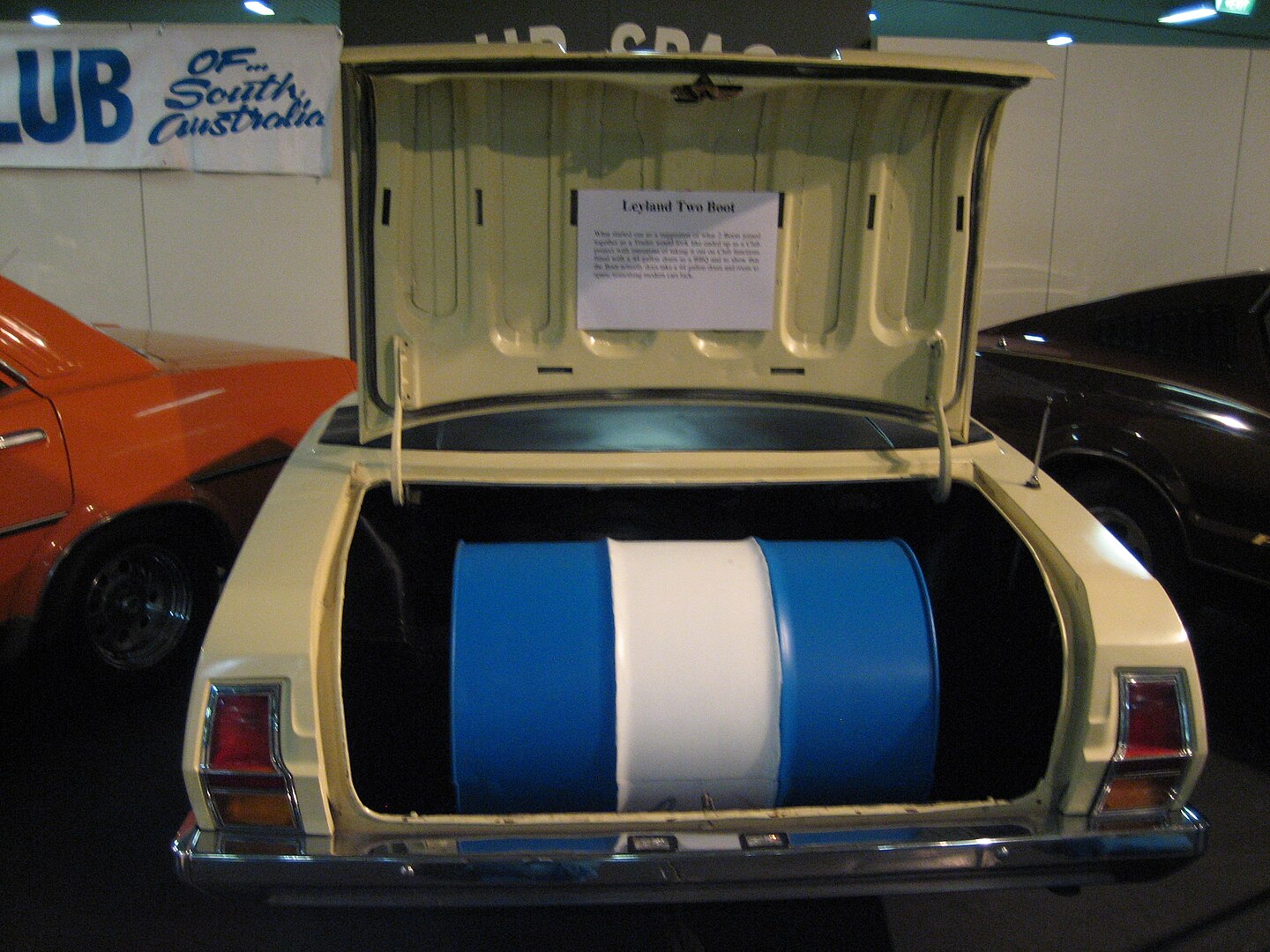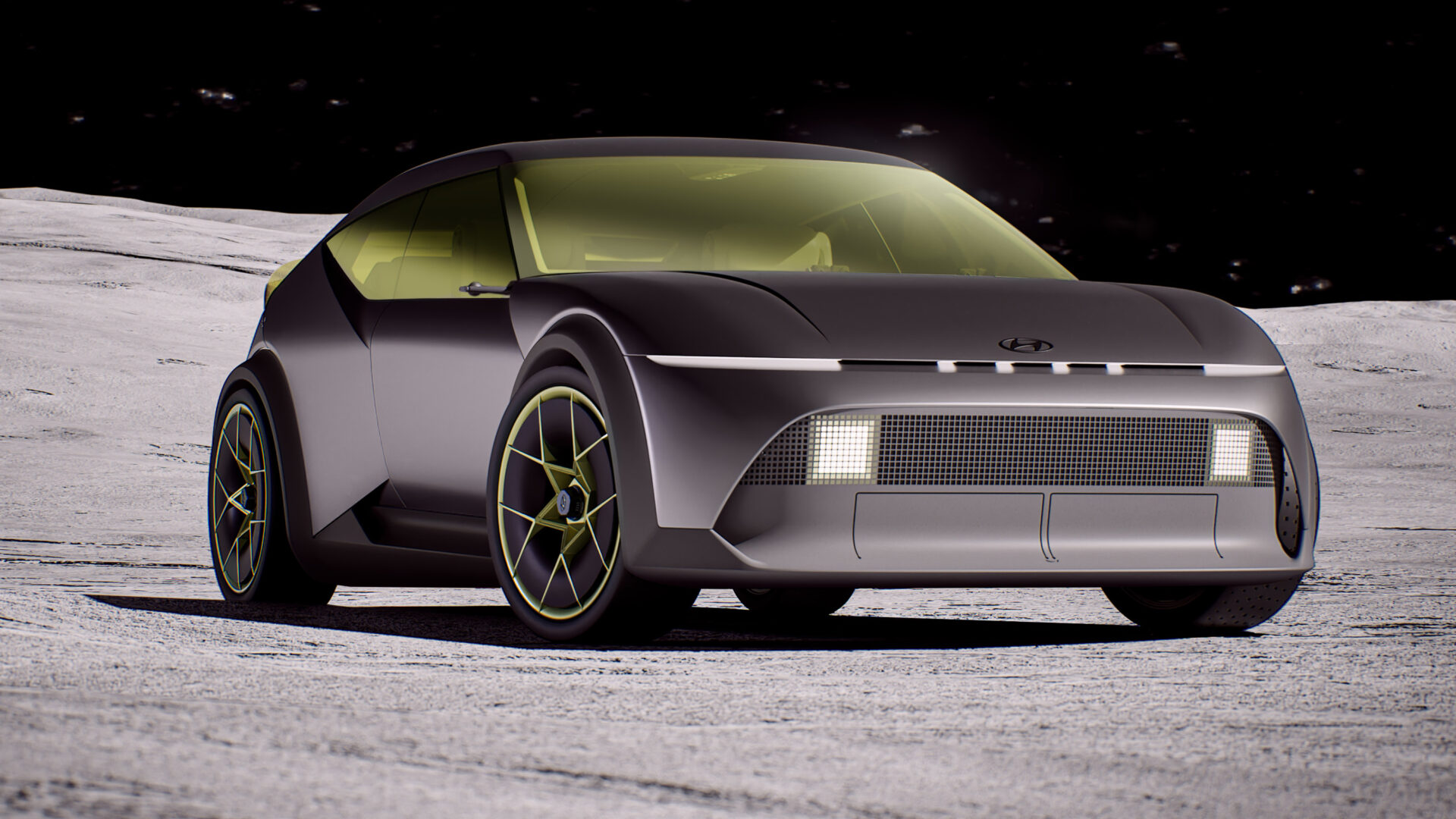Since its release, the Audi RSQ3 has been one of the nuttiest cars on the road and the road is all the better for it. There’s a new one now, and it’s very good.
Some years ago I sat in the driver’s seat of the RSQ3 and considered what was about to happen. This was Audi’s already-ageing small SUV packed with a rip-snorting five-cylinder turbo petrol.
While there was nothing wrong about the Q3 as it stood, it was hardly remarkable and didn’t feel like the obvious place to drop such a powerful engine while also claiming it’s fun to drive.
I was very much expecting a shut-up-and-hang-on drive. I was wrong. It was hilarious. It had plenty of dramas like a terrible driving position and old interior tech, but all was forgiven with the brawling five-cylinder’s performance and SQ5-like physics defiance.
How much us a 2020 Audi RSQ3 and what do I get?

2020 Audi RSQ3: $89,900 + ORC
2020 Audi RSQ3 Sportback: $92,900 + ORC
The spec is fundamentally the same between the two, so you won’t have to dither over which bodystyle to choose.
You get 21-inch alloys (!), adaptive damping, keyless entry and start, electric tailgate, auto Matrix LED headlights, electric heated front seats, three-zone climate control, LED ambient lighting, auto wipers, flat-bottomed steering wheel, leather trim, wireless phone charging, four USB ports (1 USB-A, 1 USB-C in front, 2 USB-C in the back) and a 16-speaker B&O 3D sound system, auto parking, reversing camera, around-view cameras, front and rear parking sensors and a tyre repair kit.
The main spec difference is the sunroof. It’s slightly complicated, but the Sportback comes with a big dual pane roof and a tilt open front section and electric blind. The SUV comes with a single pane opening sunroof with a manual blind. You can have the dual pane in the SUV for $2900 or the single pane in the Sportback for $2700 but that seems mad to me. Mostly because I hate sunroofs, but partly because why would you?
The Audi Connect Plus system adds all sorts of fun and the big 10.1-inch MMI screen delivers wireless Apple CarPlay and wired Android Auto. The 12.3-inch Virtual Cockpit Plus has all sorts of RS-specific nonsense in it but it’s still excellent.
The RSQ3 comes in eight colours – Nardo Grey, Pulse orange, Turbo blue, Kyalami green (that’s the colour of the Sportback), Glacier White, Tango red (the other car in the pics), Mythos black and Daytona grey. And guess what? All are freebies (and should at this price point).
Options include black $400 wheels, $10,600 for carbon ceramic brake discs (front wheels only), carbon fibre mirror caps ($1300) and a carbon fibre gloss engine cover ($1200).
Packages come in at $2500 each, with the RS Extended Design package in red or blue and adds alcantara bits, colour edged seat belts, coloured stitching on the wheel and shifter and floor mats with accents in the chosen colour.
Safety
You get six airbags, ABS, stability and traction controls, adaptive cruise with stop and go, lane assist, lane departure warning, driver attention detection, rear cross-traffic alert, blind spot monitoring and forward high and low-speed AEB (pedestrian detection up to 85km/h and vehicles up to 250km/h).
The RSQ3 is not included in the Q3’s five star ANCAP rating for…reasons. I’d say they have a lot to do with the bigger engine.
Look and feel

The two cars are pretty singular from most angles and you really have to pay attention. The Sportback has a slightly lower frontal area (I know you noticed) due to its lower roof and is also slightly slipperier through the air.
In profile it’s a bit more obvious, as the Sportback’s racier rear end rake contrasts, um, a little bit with the already fast back on the standard car. The red SUV you can see in the pics has the aluminium styling pack ($700) and – honestly – I’m not a fan. The standard blacked-out badging and trim bits are best left as they are, I reckon.

The interiors are fundamentally identical, too, with the awesome new interior filtering through the range. The big integrated screens look brilliant and it’s all just a bit bloody delightful in here. The ambient lighting can be as kitcsch or cool as you like and the seats are absolutely superb, at leat up front.
You can get in the back if you’re my 180cm height and you’ll be reasonably comfortable as long as neither your legs nor torso are freakishly long. If you have both at once, question your parents’ genetic proximity.
Drivetrain and chassis
Audi’s delightfully weird 2.5-litre five continues on in the RSQ3 and with all the delicious off-beat noise you could want comes with it. Developing 294kW and 480Nm, it fires the RSQ3 to 100km/h in 4.5 seconds.
It may not be the most powerful engine (it’s not far off) but it’s got the most character in the segment (and in the RS3 segment) by a country mile.
It’s an absolute beast, basically. Fitted with the seven-speed twin-clutch, the power goes to all four wheels as per the quattro badge.
There’s an RS button on the steering wheel which gives you access to two configurable modes that make the car hot to trot. That includes making the two oval exhausts bellow madly when you’re on it.
In what could have been a risky move, the RSQ3 rides on 21-inch alloys shod with 255/35s. I was expecting an horrific ride, but the adaptive damping and some next-level black magic means it’s surprisingly comfortable. It’s not soft and pillowy, but it gets away with it.
Fuel consumption
The officials figures between the SUV and Sportback are 8.9L/100km. It’s fairly unlikely you’ll ever see that.
Mostly because you’ll be too busy flooring it. Don’t protest, you know you will.
Driving

I really liked the original RSQ3 despite it being a bit of a Frankenstein car. Based on some really old underguts, it somehow came together and became a bit of a cult car. Heck, I drove it on a wet skidpan came away impressed at how much grip it had and how fast it will go through half an inch of water.
Now, the new Q3 fixes so many of the problems of the last one, it’s hard to explain how much better it is. The old Q3 was quite good, but felt old. The new one is bang up to date and way more fun to drive.
Chuck in the TTRS’ 2.5-litre five-cylinder, a hair-trigger throttle and impressively sorted chassis and you’ve got an RSQ3 built on a better base platform.
The five-cylinder from the TTRS and RS3 is an absolute unit, with crap tons of power and a whopping 480Nm of torque. The seven-speed isn’t always a reliable companion, but in the RSQ3 it’s nicely-calibrated and ready to rumble when you get on it.
I drove both of them and can’t really tell you any glaring differences between the two. It was fine puttering around the suburbs, was really good on the freeway despite a bit of wind noise around the mirrors and climbed the Blue Mountains like they weren’t there. And it rides surprisingly well given what you’re about to learn about it.
The best bit, though, is being able to hang on to the back of pretty much anything. I chased all sorts of cars over two days behind the wheel of the RSQ3 and it really hung in against some pretty heavy hitters.
It will – eventually – understeer, but you really have to be moving to get that kind of reaction. The rest of the time it sticks the road as tenaciously as Tom Cruise to a moving plane/train/car/motorbike while being chased by villain/helicopter/ex-wife. It’s high and physics eventually step in.
But the core point of the car remains – it’s family-friendly but has the hot-hatch power and driving dynamics, even if it’s not actually a hot hatch.
Redline Recommendation

Sportback or not, it doesn’t matter – fill your boots. The differences are tiny. Ninety grand for a car is a lot of money, but you’re getting a huge slice of performance, a classic five-cylinder engine with character to burn and a lot of goodies.
While the first car was flawed, it was a heroic amount of fun. This one has far fewer flaws (none of them major), it’s still hilarious to drive but a far easier car to live with. Ya gotta love a car with a lot to offer.




Leave a Reply